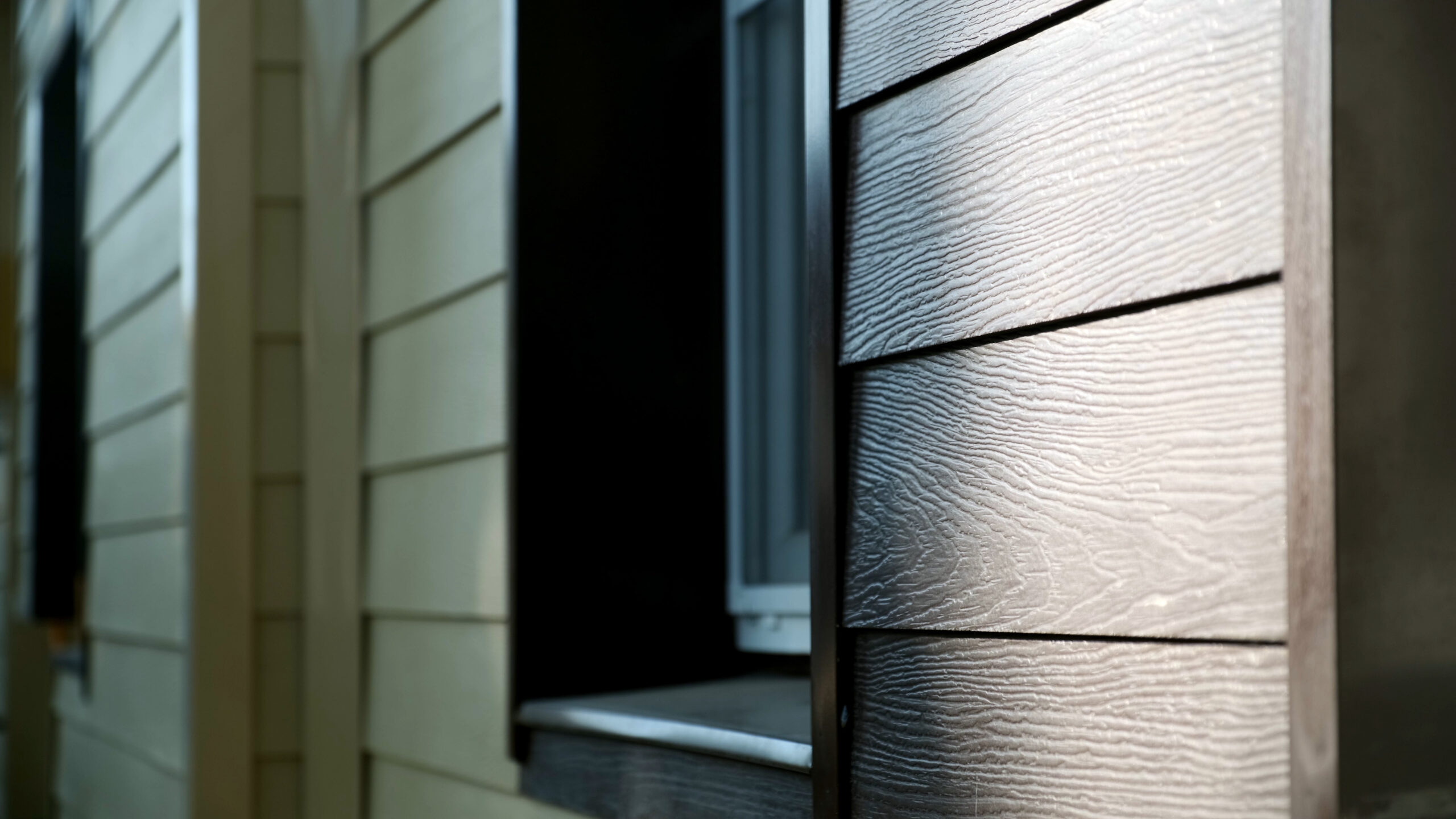Your home’s siding does more than just add curb appeal—it protects your home from the elements, boosts energy efficiency and prevents costly structural damage. But over time, siding can wear down, leaving your home vulnerable to moisture, pests and fluctuating temperatures. If you’re unsure whether it’s time for an upgrade, here are five key signs your siding may need to be replaced.
1. Visible cracks and damage
When your siding shows significant cracks, holes or loose panels, it’s more than just an eyesore. These damages create entry points for moisture, potentially leading to structural damage and mold growth. While minor cracks might be repairable, extensive damage across multiple areas often signals the need for complete replacement. Pay special attention to areas around windows and doors, where moisture damage typically first appears.
2. Warping, bubbling or buckling
Properly installed siding should lay flat against your home’s exterior. When you notice sections beginning to warp, bubble or buckle, it’s often a sign of underlying moisture problems or poor installation. Walk around your home and view the siding from different angles – any noticeable deformation suggests that your siding is no longer providing adequate protection. Early intervention can prevent more serious structural issues.
3. Fading and severe discoloration
While fading is a natural process over time, excessive or uneven fading can signal that your siding is nearing the end of its lifespan. Peeling paint is even more concerning, as it leaves your home vulnerable to moisture intrusion. If you find yourself constantly patching, painting or repairing your siding, it might be more cost-effective in the long run to invest in a full replacement. Modern siding materials are designed to hold their color for many years, so significant fading often means the material has lost its protective properties. Faded siding not only impacts your home’s curb appeal but may also signal reduced effectiveness in protecting your home.
4. Mold, mildew or water stains
Excess moisture trapped behind your siding can lead to mold, mildew and water stains, especially near seams or the foundation. If you notice these issues, it’s crucial to act fast to prevent more extensive damage. Left unaddressed, water damage can lead to costly repairs inside and outside your home.
5. Increasing energy bills and poor insulation
Have you noticed a steady climb in your heating and cooling costs? Your siding plays a crucial role in your home’s insulation system. Old or damaged siding can allow drafts and heat loss, making it harder for your HVAC system to regulate indoor temperatures efficiently. Replacing your siding with modern, energy-efficient materials can improve insulation and lower your utility bills.
The benefits of timely siding replacement
Addressing siding issues early can yield numerous benefits:
- Enhanced home protection: New siding provides a robust barrier against moisture, pests and weather extremes.
- Improved energy efficiency: Modern siding materials offer superior insulation, potentially lowering your energy costs.
- Boosted curb appeal: Fresh siding can dramatically improve your home’s appearance, potentially increasing its market value.
- Peace of mind: With new siding, you can rest easy knowing your home is well-protected for years to come.
Protect your home with a siding upgrade
If your home’s siding is showing any of these warning signs, it’s time to consider a replacement. Upgrading your siding can enhance your home’s durability, improve energy efficiency and boost its overall value.
At Close to Home Construction, we offer expert siding installation with high-quality materials designed to withstand the elements. Contact us today for a free siding consultation to help you make an informed decision about replacement. Our experienced team can evaluate your current siding condition and recommend the best solutions for your home’s specific needs.
Remember, your home’s siding is an investment in your property’s future. But choosing the right time for replacement can save you money and protect your home’s value, so you can enjoy the benefits of a well-maintained exterior for years to come.

